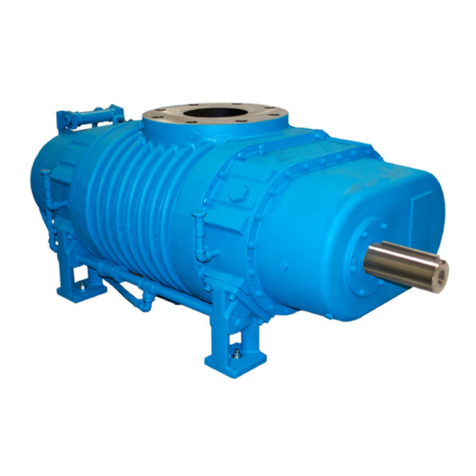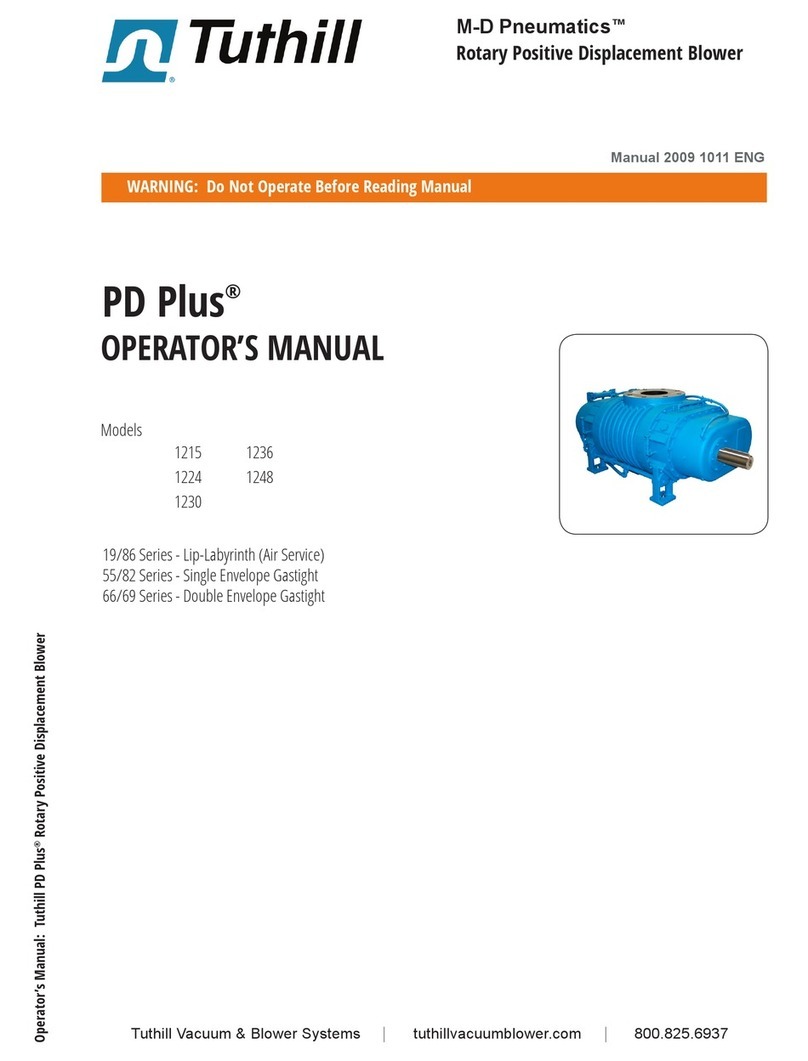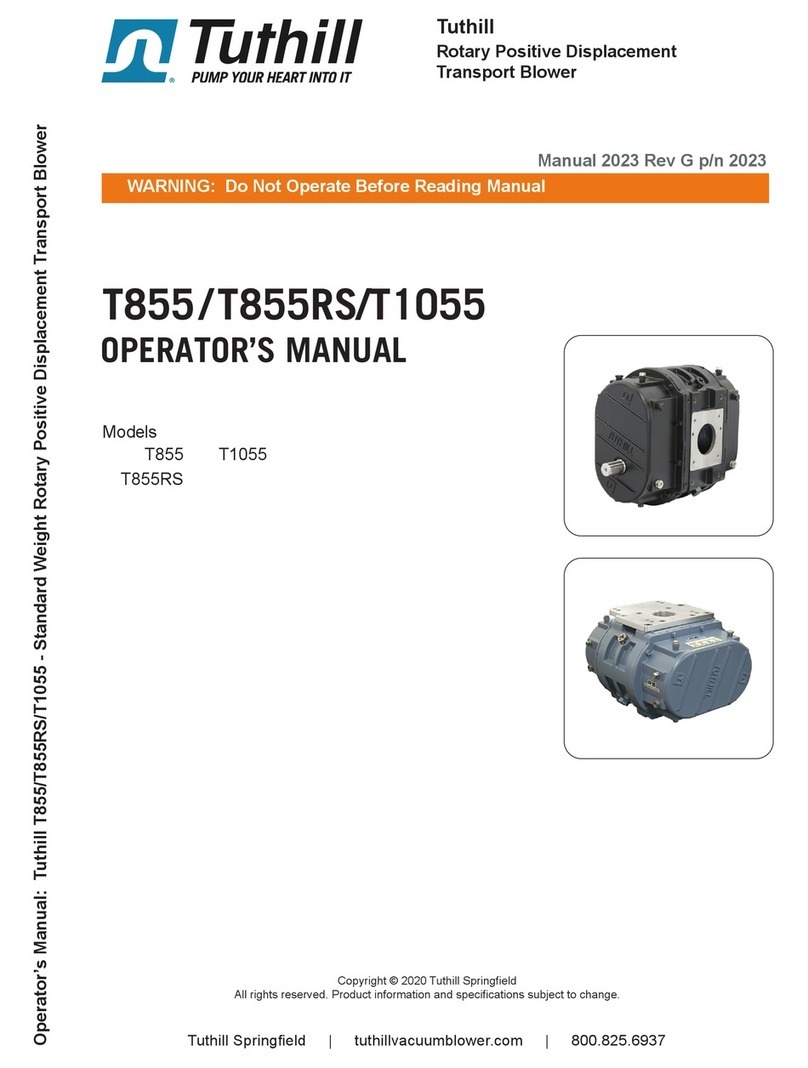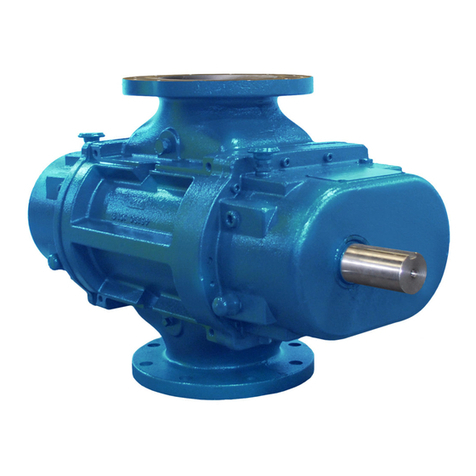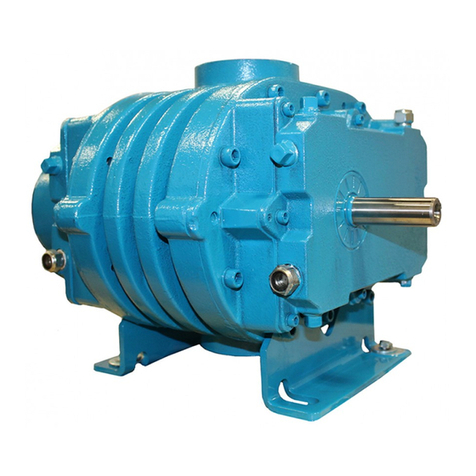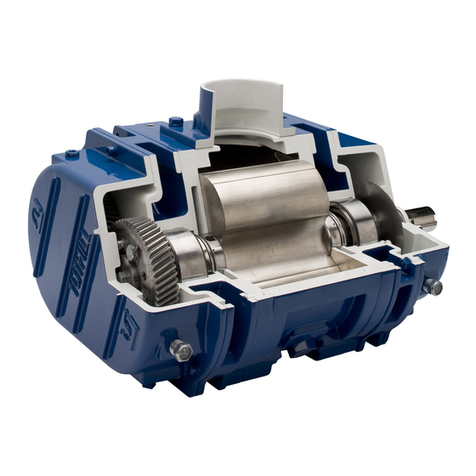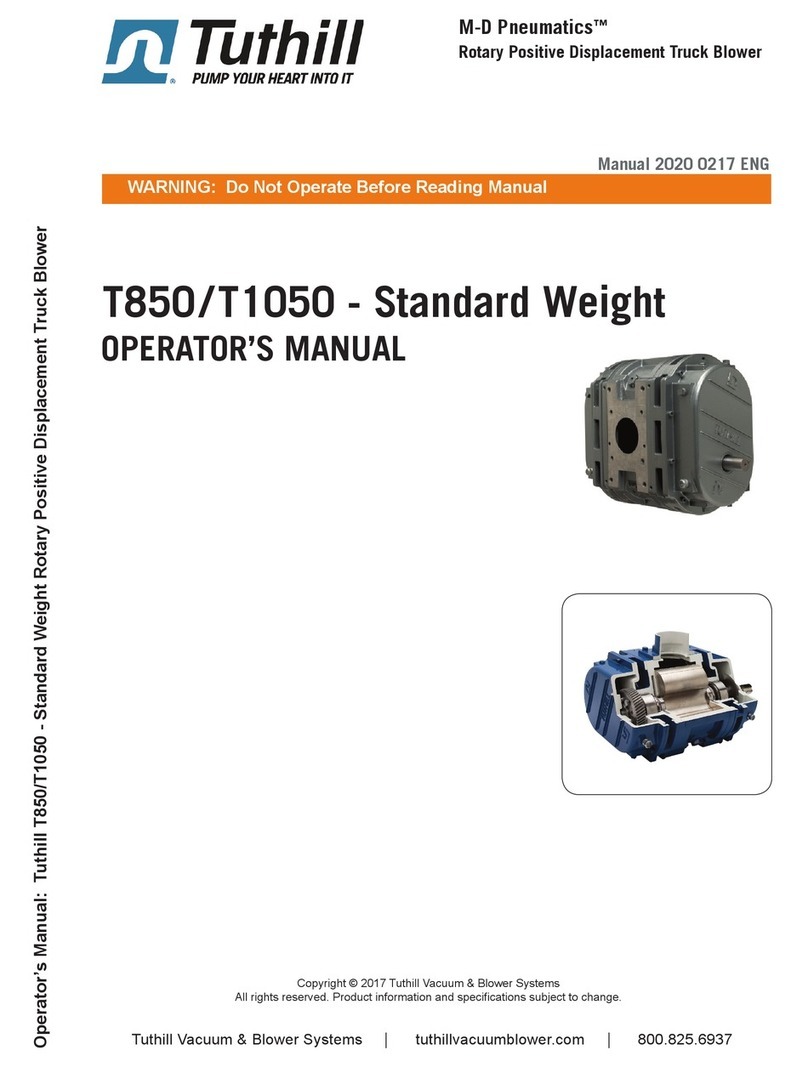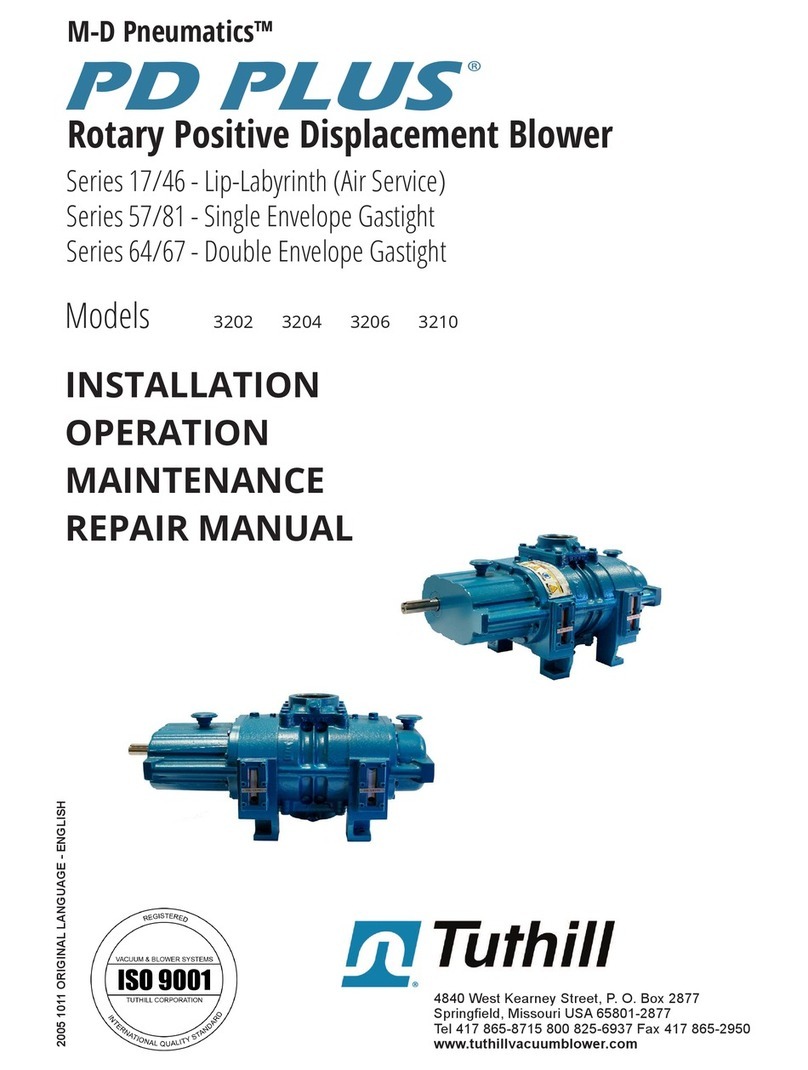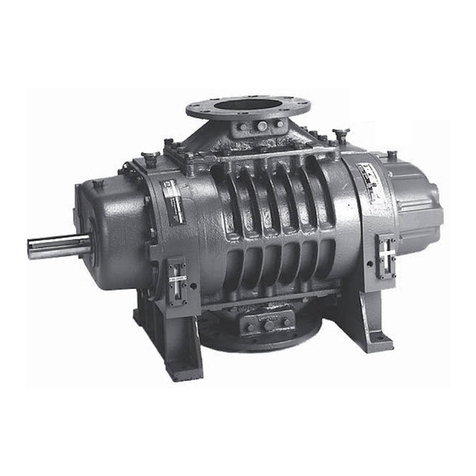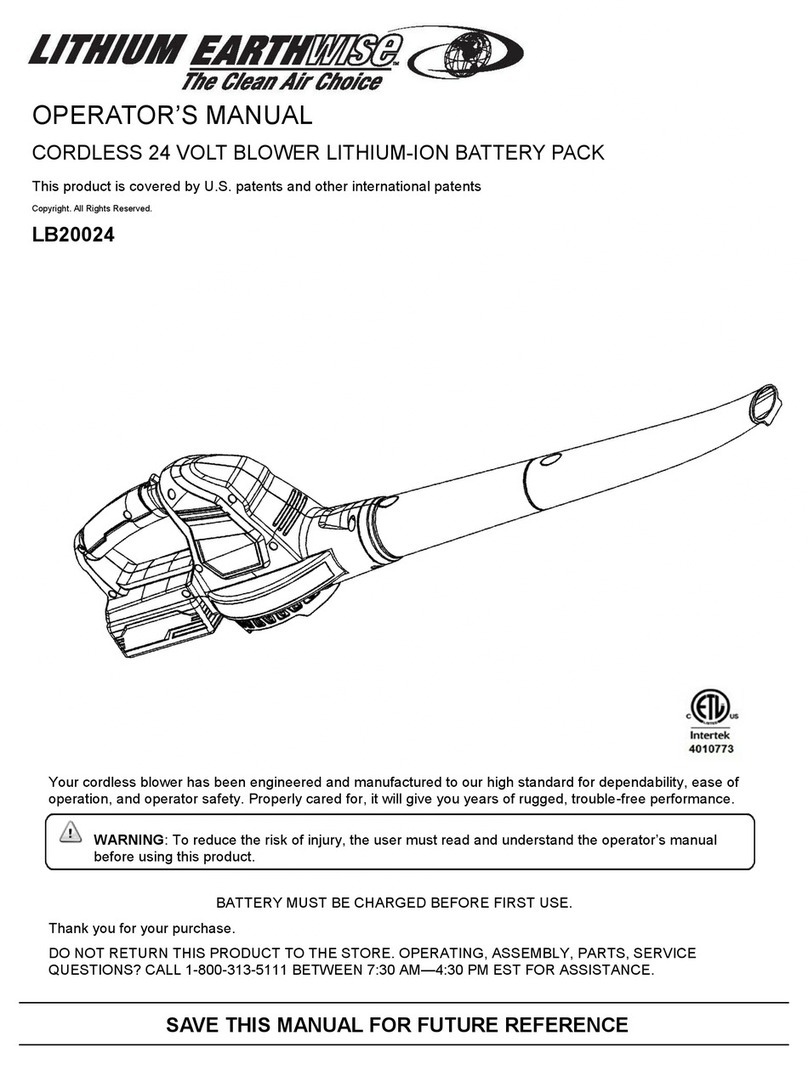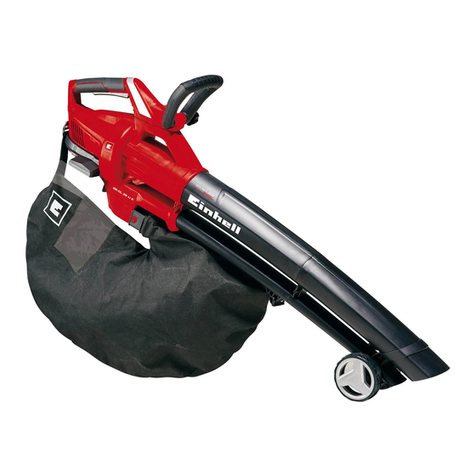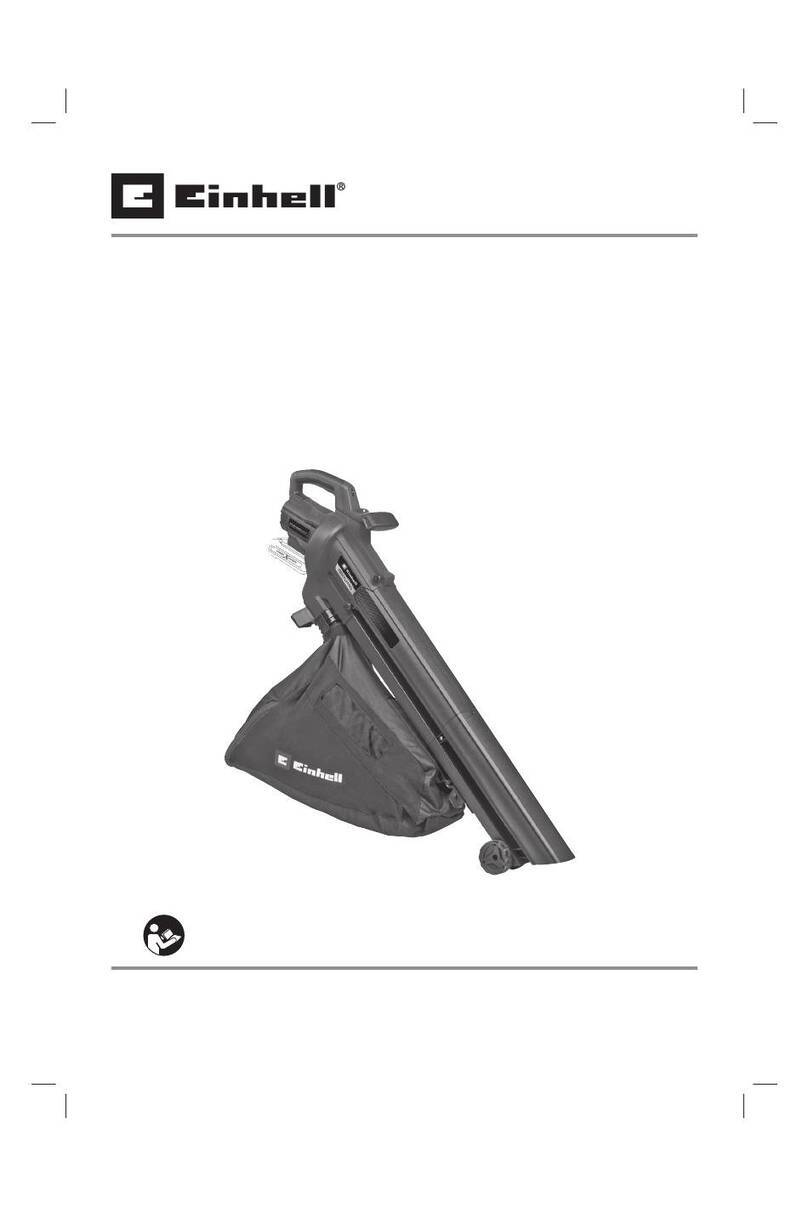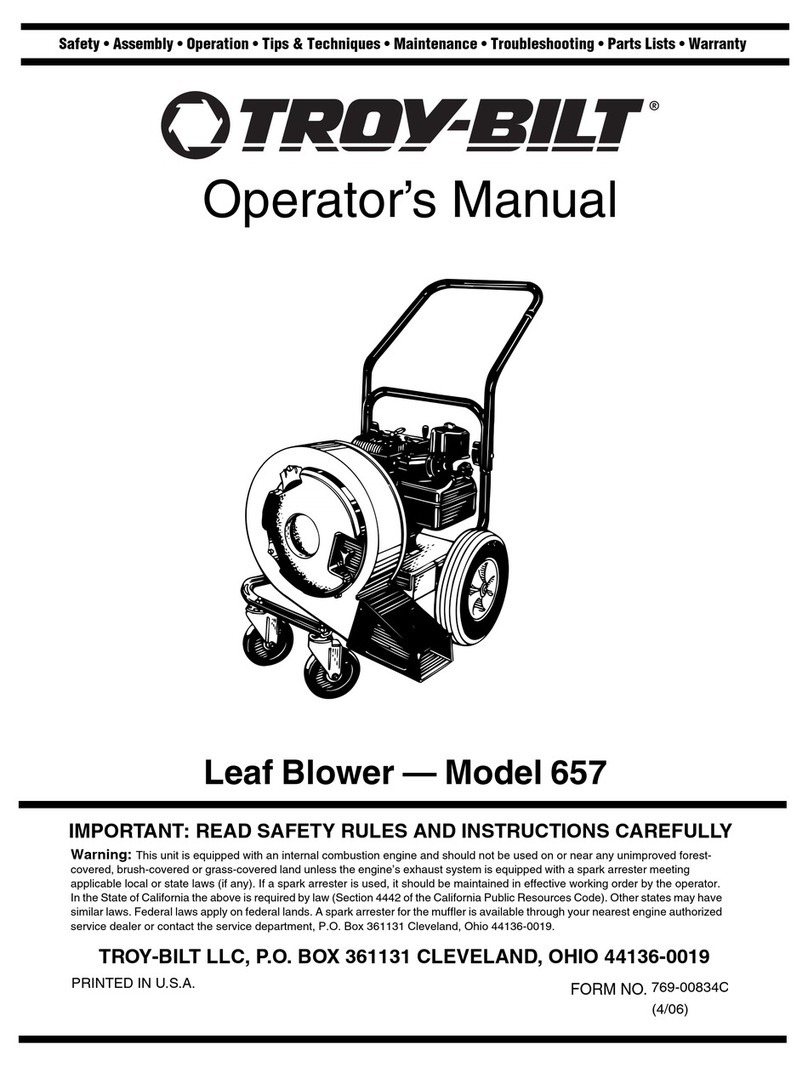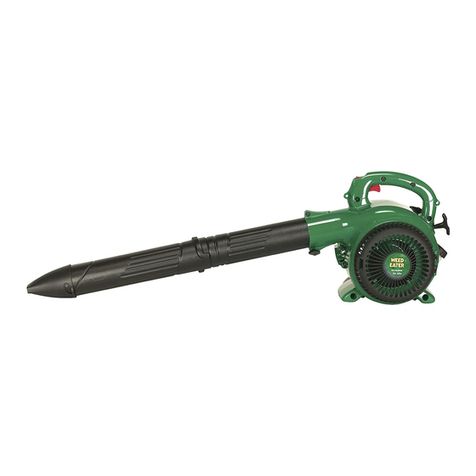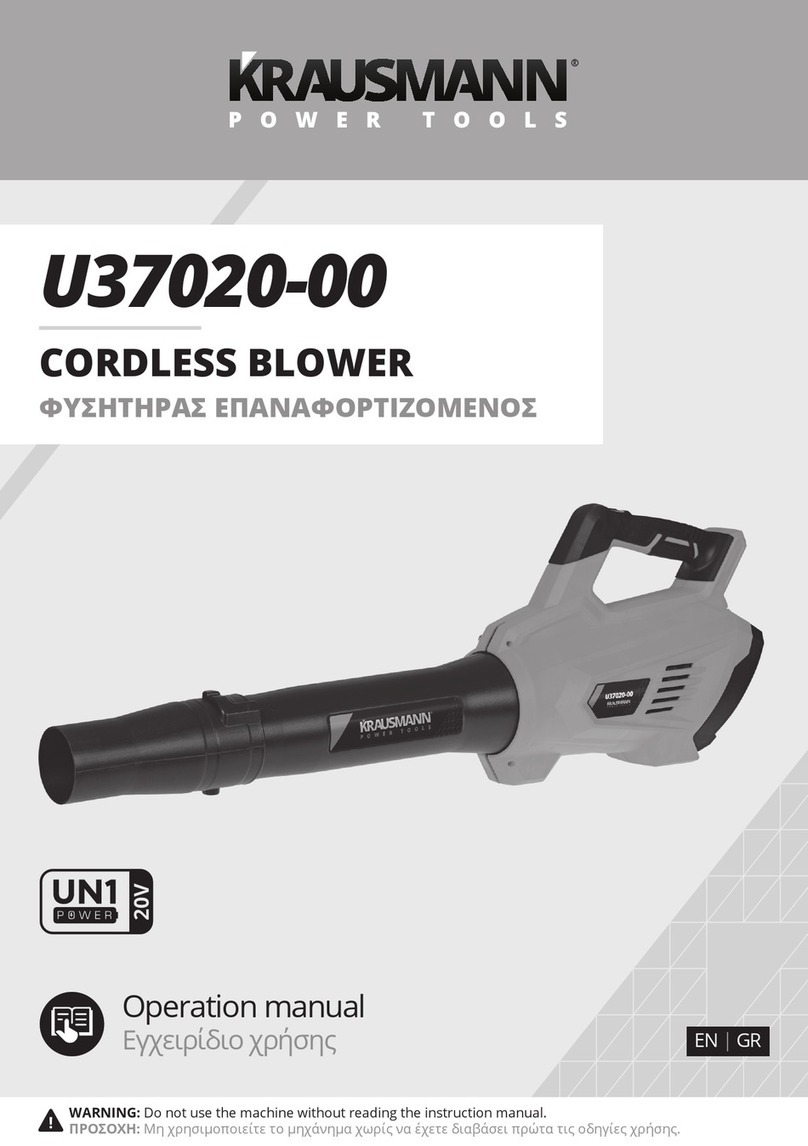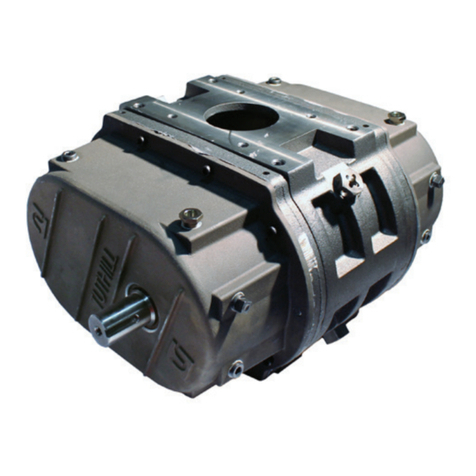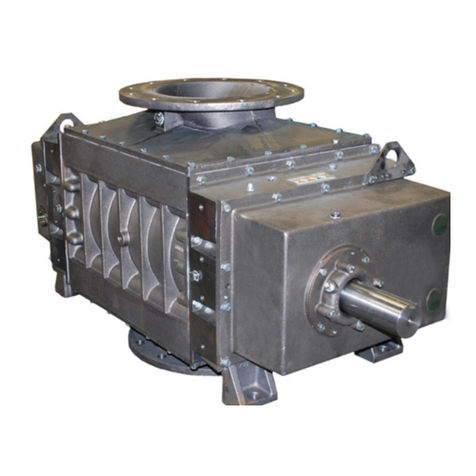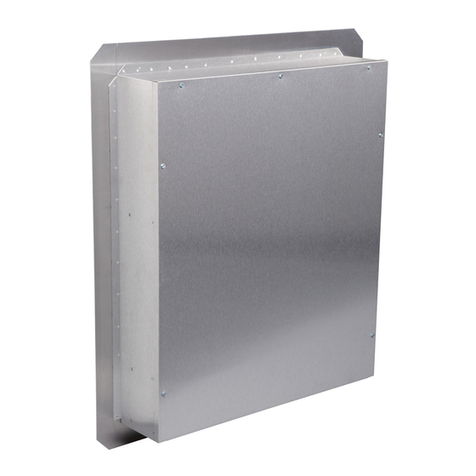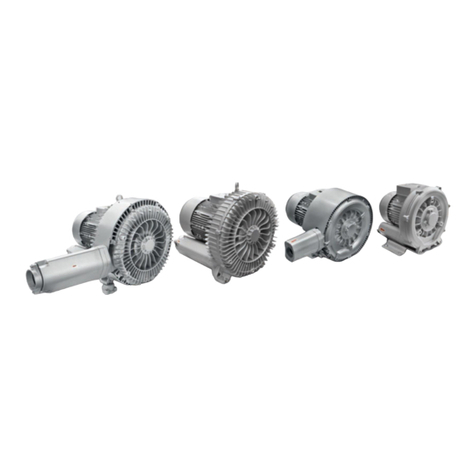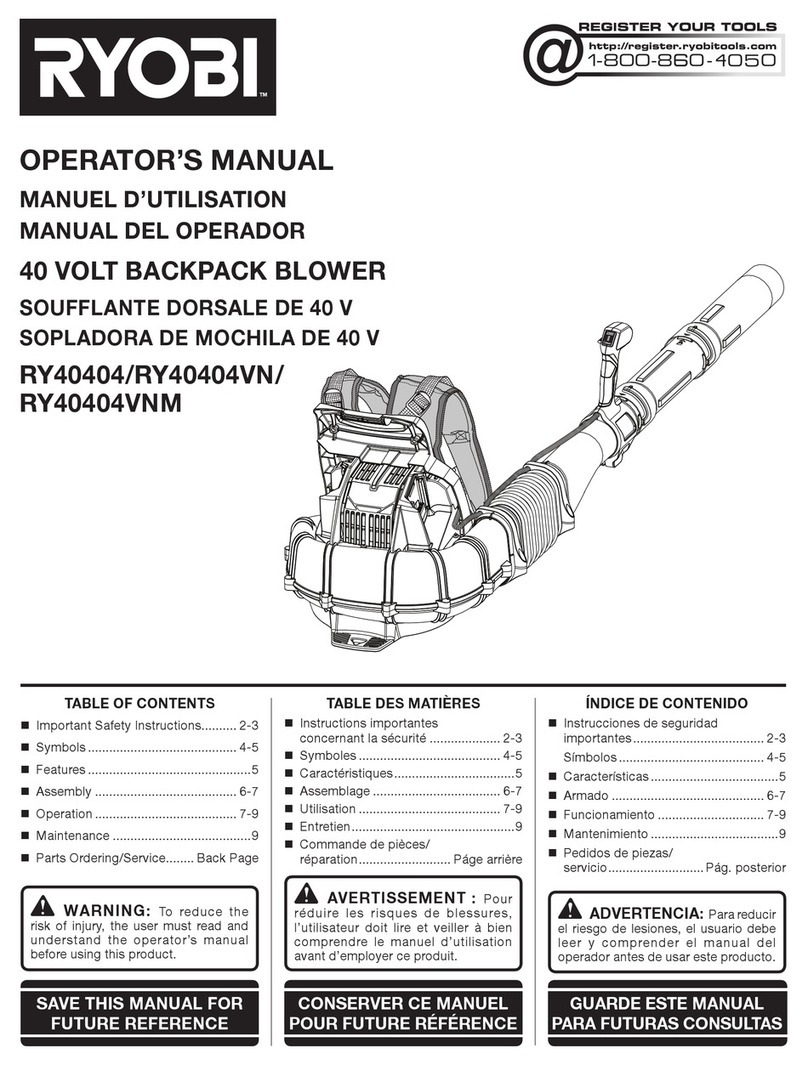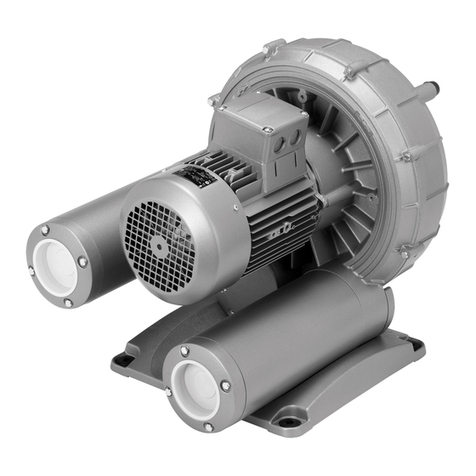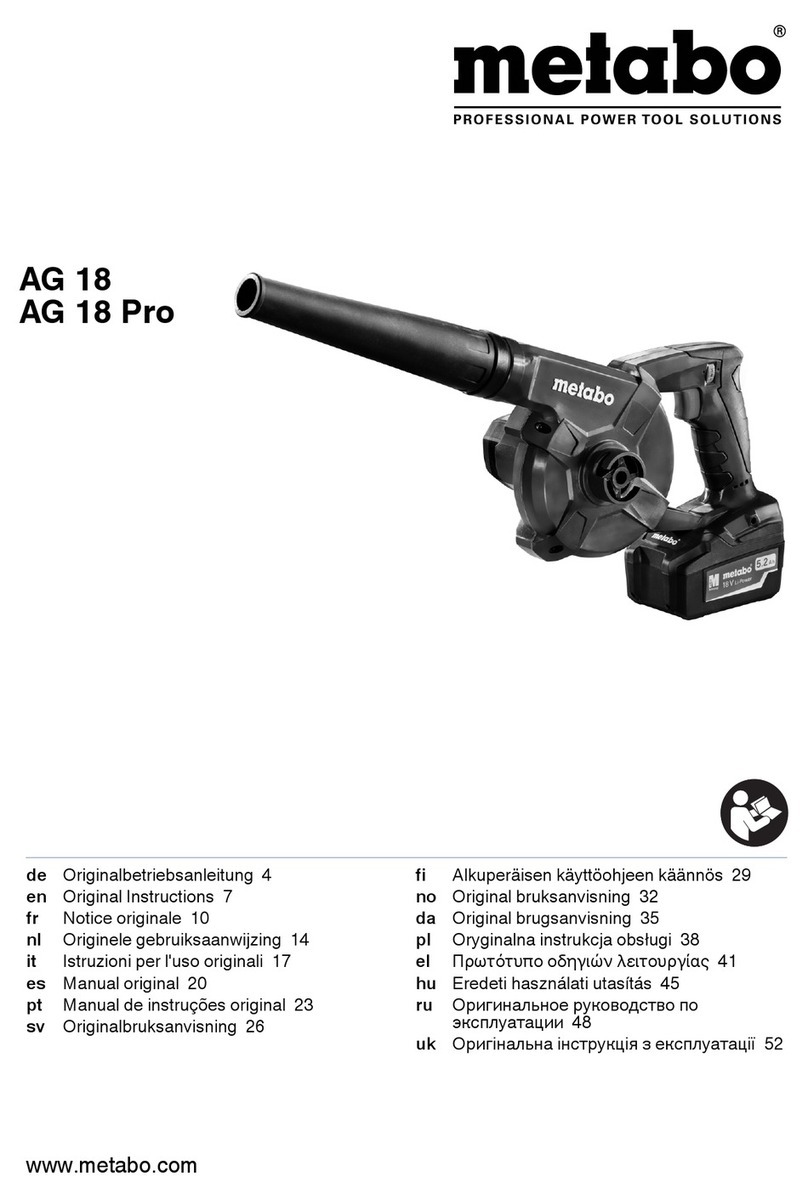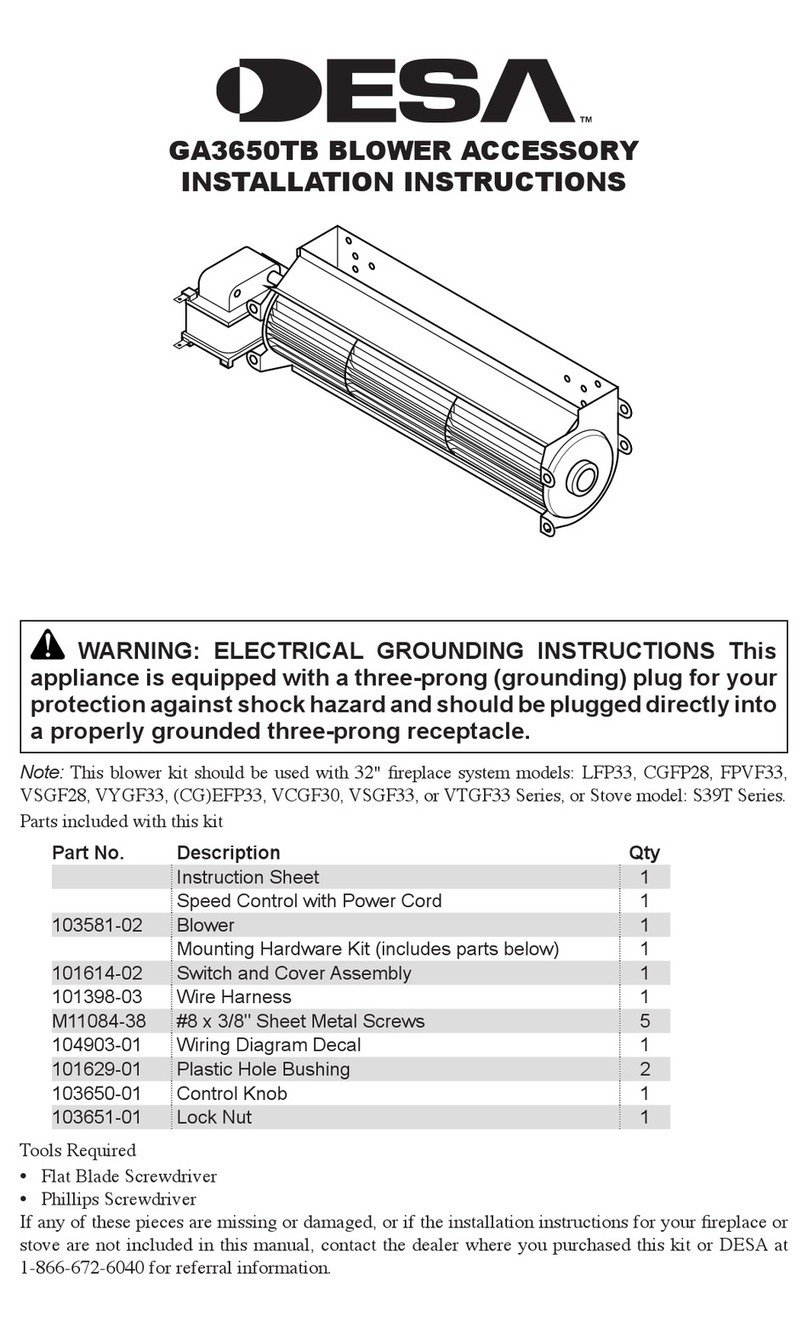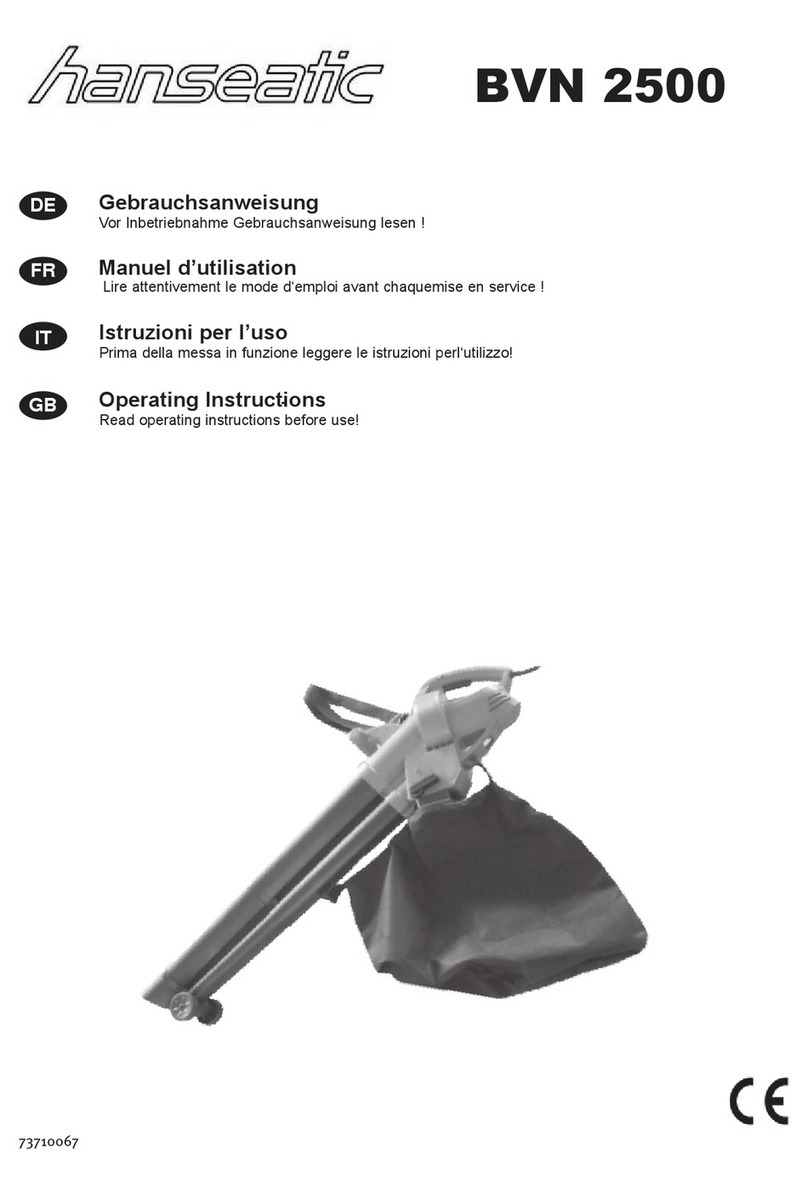
Manual 2007 Rev B p/n 2007
ii
Table of Contents
Hazards Associated With Breakdown or Ignition of
Lubrication ............................................................................... 17
Lubrication (Splash) ................................................................. 17
Lubrication (Integral Pressure)................................................. 18
Oil Filter on Integral Lube Blowers........................................... 18
Integral Lube Oil Pressure Adjustment .................................... 18
Piping Connections............................................................................. 18
Hazards Associated With Hazardous Process Fluids.............. 19
Blockage or Restriction ............................................................ 19
Cooling Coils (Optional)...................................................................... 19
Cooling Water Connections and Specifications —
Cooling Coils (Optional)...................................................................... 20
Motor Drives ........................................................................................ 20
Direct Coupled ......................................................................... 20
V-Belts ...................................................................................... 20
Setting V-Belt Tension............................................................... 21
Motor and Electrical Connections ............................................ 22
Operation .................................................................................... 23
General ............................................................................................... 23
Start-Up Checklist............................................................................... 24
Operating ............................................................................................ 25
Stopping.............................................................................................. 25
Methane Gas Applications.................................................................. 25
Water-Injected Blowers ....................................................................... 26
Operation ................................................................................. 26
Shutdown ................................................................................. 26
Recommended Shutdown Procedure to Minimize Risk of
Freezing or Corrosion ......................................................................... 27
